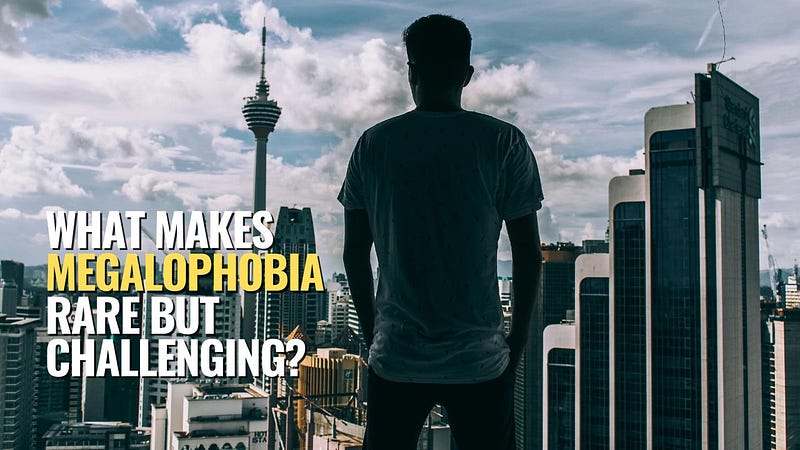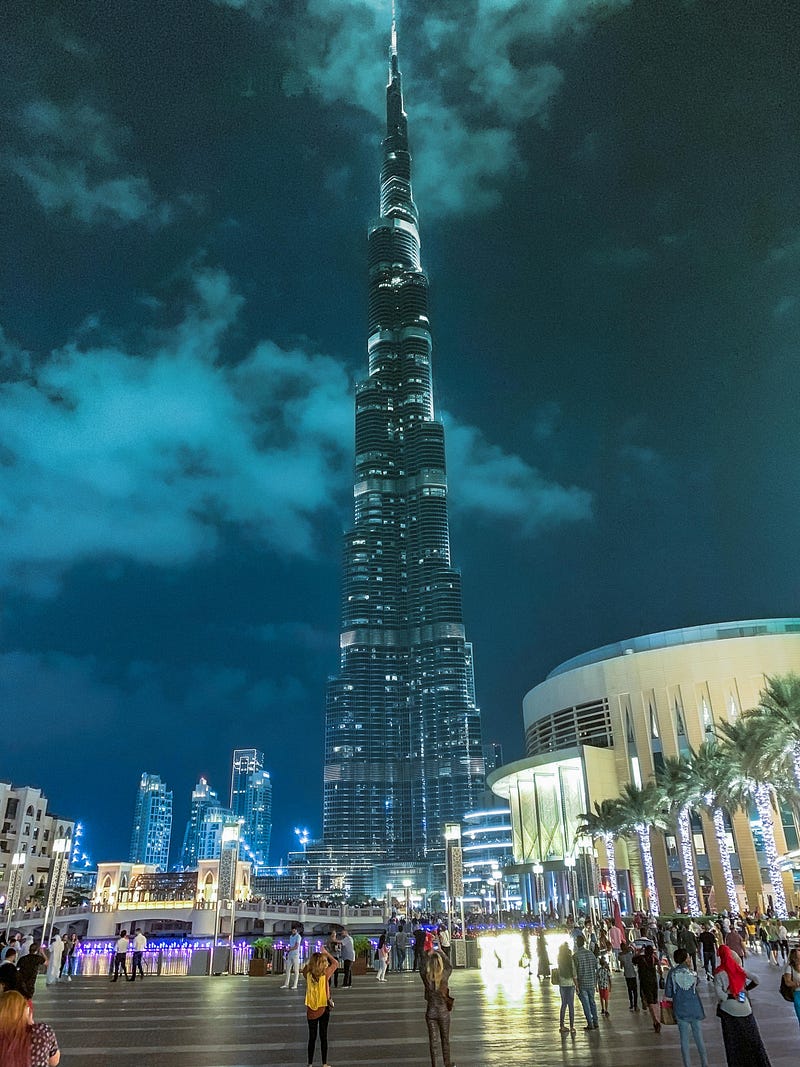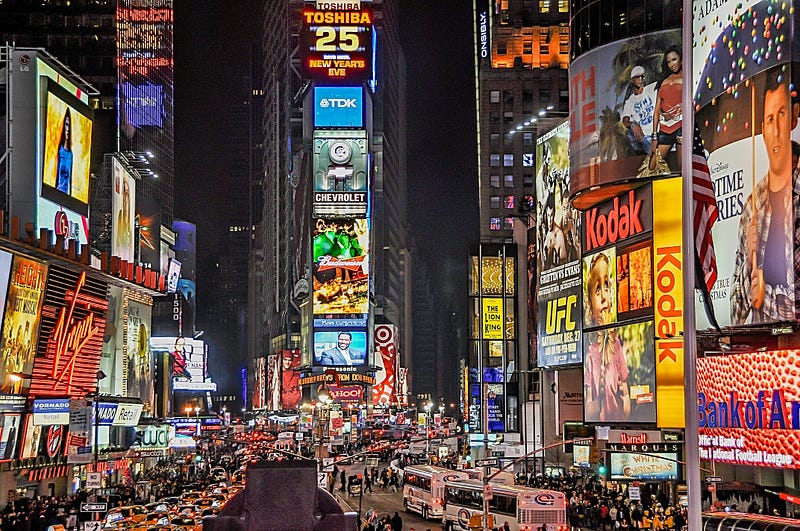Understanding the Rare and Overwhelming Challenge of Megalophobia
Written on
Chapter 1: An Introduction to Megalophobia
Megalophobia is characterized by an irrational fear of large objects, leading to panic in affected individuals when confronted with such stimuli. This condition raises critical questions: What exactly is megalophobia? How does it manifest in daily life, and what underlying factors contribute to its development? Below, I will delve into these inquiries.

Phobias present themselves in numerous forms. While some individuals are terrified of spiders, others feel intense anxiety in confined spaces. Megalophobia stands apart from more common anxiety disorders. This rare condition can severely disrupt everyday functioning, particularly given the prevalence of large objects in our surroundings—both natural and man-made—that can trigger fear in those affected.
What Makes Megalophobia Unique?
The experience of fear has been a part of human existence for ages. Despite our inclination to avoid intense emotional distress, fear serves as a crucial evolutionary trait, enhancing our sensitivity to potential threats and prompting caution.
In a time when humans were closely tied to the natural world, fear was essential for survival. Today, while fear can still be life-saving, it often manifests irrationally, emerging in situations where there is no genuine threat. When fear becomes excessive or unfounded and persists over time, it qualifies as a phobia. Common examples include arachnophobia, taphophobia, and claustrophobia, alongside the rarer megalophobia.

What Defines Megalophobia?
Megalophobia—derived from the Greek words for large ("mega") and fear ("phobia")—is a type of anxiety disorder where individuals experience anxiety at the sight of large objects. This can encompass everything from skyscrapers and airplanes to natural formations like mountains and large animals. Interestingly, even large representations of everyday objects, such as oversized food advertisements, can evoke irrational fear.

Recognizing the Symptoms
The symptoms associated with megalophobia are both psychological and physiological. Those affected may feel completely overwhelmed in the presence of large objects, often accompanied by an irrational fear of death. Reactions can include crying, trembling, heart palpitations, dizziness, hyperventilation, and nausea.
According to the DSM-5, the official classification of mental disorders by the American Psychiatric Association, megalophobia falls under anxiety disorders. Diagnosing this condition typically involves identifying key characteristics such as:
- Intense fear or anxiety triggered by large objects, often occurring immediately.
- Active avoidance of situations involving large objects, leading to significant discomfort in everyday life (which may interfere with social or work activities).
If these symptoms persist for a minimum of six months without being attributable to other medical conditions, they likely indicate megalophobia.

Exploring the Origins of Megalophobia
A key question arises: What causes this irrational fear of large objects? Experts suggest multiple potential origins for megalophobia.
Learned Behaviors
Many professionals believe that megalophobia can stem from learned behaviors. Individuals may have internalized the idea that large objects pose a danger, often linked to traumatic experiences from childhood or beyond.
Biological Factors
Additionally, biological elements may also play a role. Humans evolved from hominids, and while many traits have diminished over time, the instinct for survival remains a core aspect of our nature. This innate fear could be a remnant of our ancestors' instinctual avoidance of potentially threatening entities. Some researchers theorize that megalophobia is a complex interplay of both learned experiences and biological predispositions.
Chapter 2: The Broader Impact of Phobias
Dear Readers
I want to address an important matter that affects creators like myself on platforms such as Medium.com. The compensation for our work often does not reflect the effort we invest in crafting valuable content. If you appreciate my writing, consider supporting me on my “Buy Me a Coffee” page. Your contributions, regardless of size, can inspire me to keep producing insightful and engaging articles. Thank you for being part of this journey!

